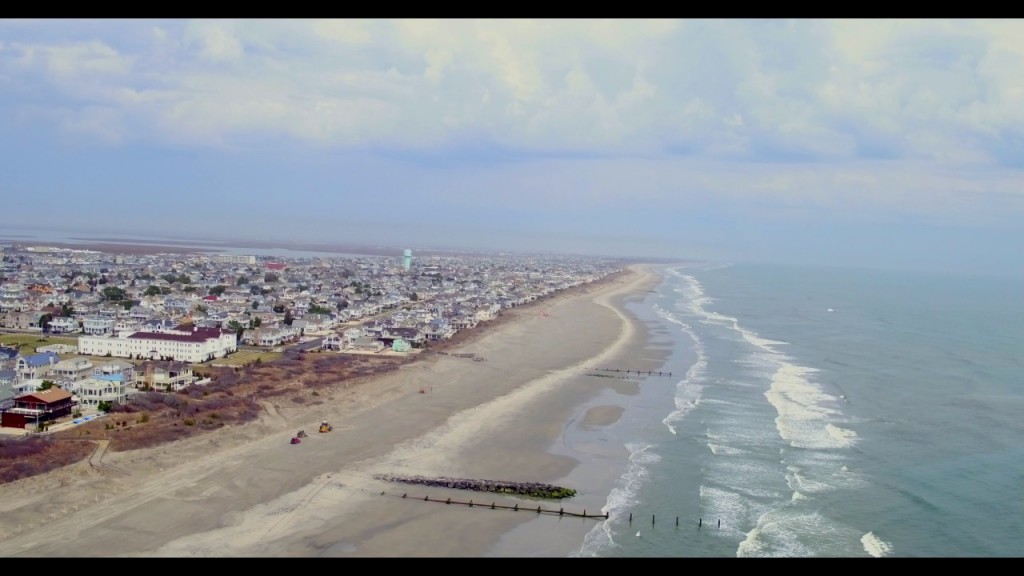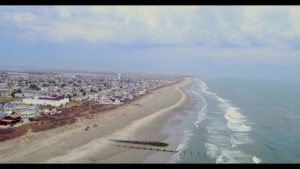Stone Harbor Beach Survey
Stone Harbor contracts with Stockton University’s Coastal Research Center (CRC) to conduct beach surveys several times a year. The surveys document the loss of beach sand due to tidal erosion, storms, and wind. The dune and beach engineered profiles of sand are critical for protecting the Borough from flooding and damage due to storms such as “Nor’easters” while also permitting the beach’s usage for recreation – Stone Harbor’s number one attraction.
The results of the recent CRC survey conducted in May 2019 have been released. Sand loss during the summer is generally mild. The results confirm this with beach sand losses of 95,000 cubic yards. There has been some sand build-up on the dunes, but the beach profiles continues to lose sand.
Beach sand replacement, called re-nourishment, needs to occur when Stone Harbor beaches lose around 500,000 cubic yards of sand. This is done by ocean dredging of offshore sand areas. The last re-nourishment took place 18 months ago with over 700,000 cubic yards of sand placed on the beaches. Since the last beach rebuilding Stone Harbor has lost 200,000 cubic yards of sand. Significant sand losses occur in the November to March time period from winter storms. However, late summer or early fall hurricanes, like Dorian, can significantly affect beach sand losses.
Stone Harbor needs to be prepared to move on a beach replenishment project any time after the next 10 months. Upcoming winter storms can dramatically increase sand losses. One storm in 2017 took 500,000 cubic yards. Stone Harbor needs to accumulate between $2-5 million in its beach maintenance reserve to finance the local costs of a state and federal grant for beach repairs. So far only $200,000 has been earmarked for the reserve. For the past five years SHPOA has urged the Borough to establish a reserve for beach sand replenishment and another for Bay dredging. Two years ago Stone Harbor did establish reserves for these purposes but funding of the reserves has been minimal.
The November-December survey by the CRC will be critical for establishing the time schedule for the next beach re-nourishment project.



